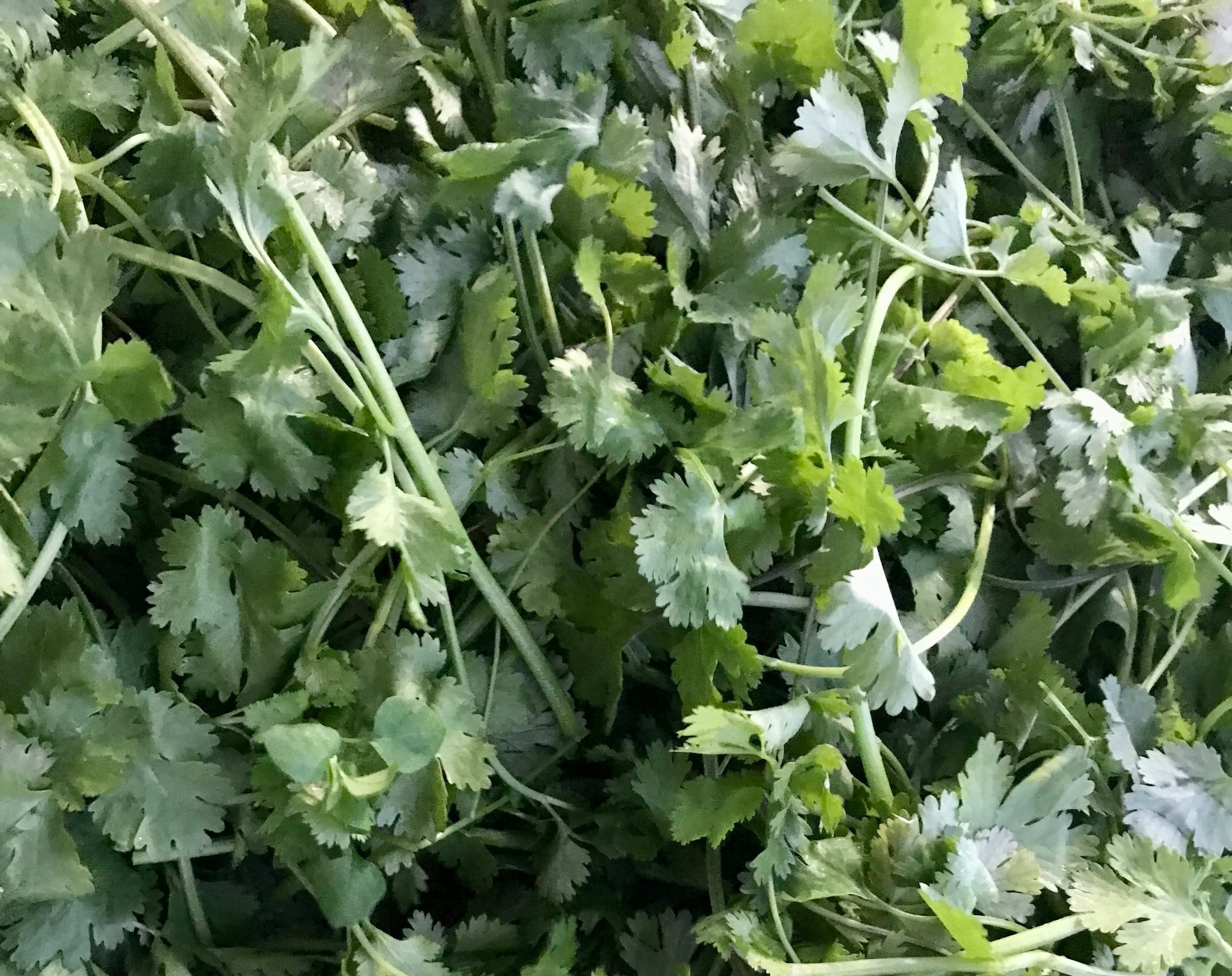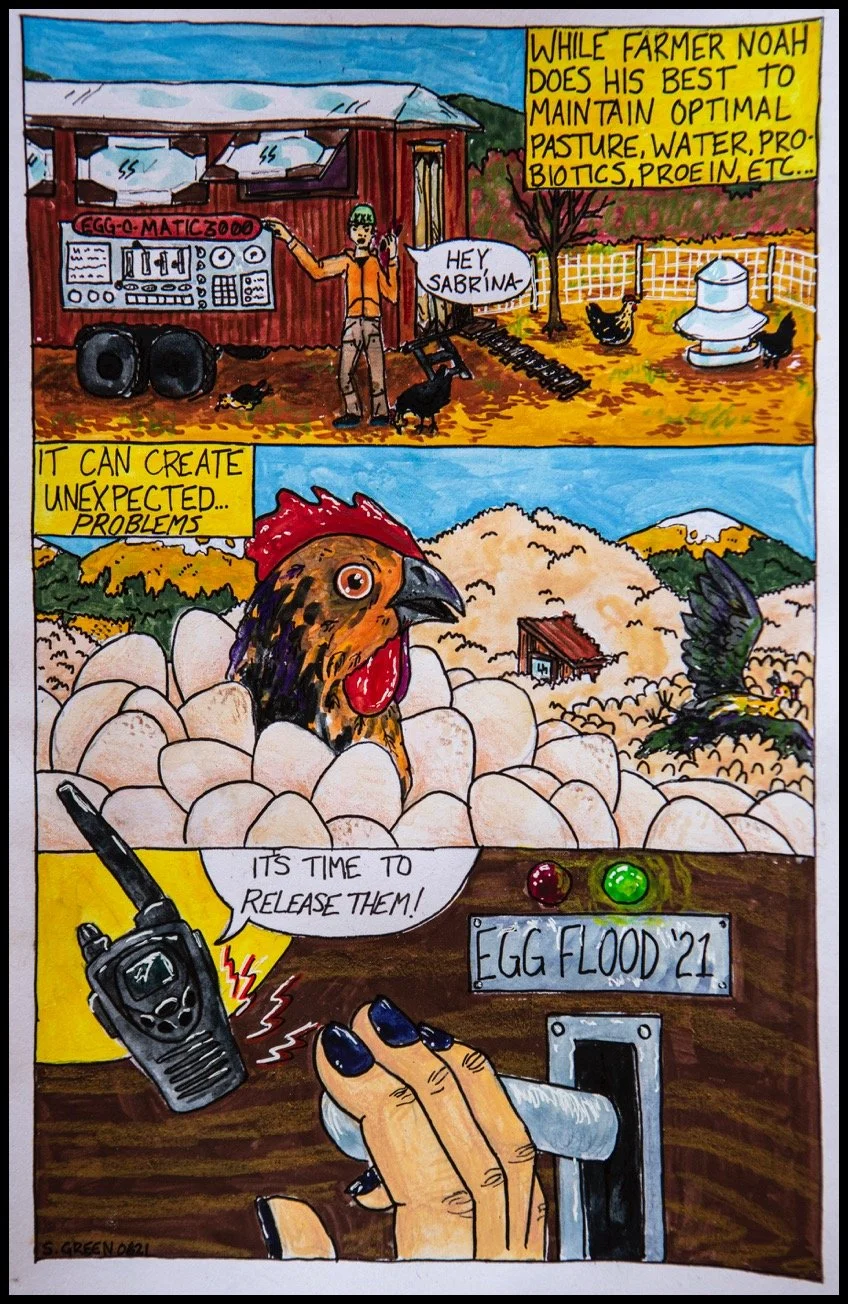The negotations of August are endless. We try hard to have realistic, 8 hour days for our crew, and we try to keep them out of the heat as much as possible, but we've had some nine hour days this week as we try to protect crops from the heat with irrigation and shade cloth. Our crew isn't that easy, so we focus on efficiency, cold drinks, good training, and lots of popsicles.
Our harvest list increases with this weather now, literally every week for awhile. All the hot crops we love are coming in: sweet peppers, tangy and sweet frying shisito peppers, a mountain of eggplant (great for grilling), salad mixes, so much that we started bringing it in from the field with our tractor, overflowing buckets of cherry tomatoes, young new potatoes, green beans (even some pole beans), tomitillos, jalapeno peppers, napa cabbage (great for kim chi), and literally a lot of other surprises.
One of these is tomatoes. We seed them in the greenhouse in March and April and each week, they get hours of pruning and trellising. Now many of the heirloom varieties are over seven feet tall. The bush varieties you can see from driving up next to our new greenhouse, are getting more bushy each week and one of the innovations this year was a new trellising technique. Some are supported by a single, 100 foot long stainless steel cable that hangs from the bows of one of our moveable caterpillars. With an abundance of basil, cilantro and other herbs, now is also the time to think about pesto. We will start to have heirloom and roma tomato flats at the farmstore now too. 15-20 pound flats are $45-$55 and farm members, please take your 10% discount! And don’t worry, we’ll start an order system for salsa kits soon.
Tomatoes - by the flat!
For those of you who have been following us for years, you might remember that first photo of us transplanting tomoatoes out into the field -- when we didn't have a reliable tractor or any season exstension structures at all. That year, in year one or two, we planted all of our tomatoes in the field. It was a warm spring and a warm fall, so we got lucky. This is a hot summer and cool spring, but you don't need to worry. They were planted very early this year and they thrived in our new greenhouse. We harvested 200 pounds of tomatoes of yesterday and Sabrina and Tyler are about to go out and make the rounds, and we will literally have more and more every few days. We only plant tomatoes once a year (unlike greens that we plant more than 30 times per year), so each year the tomato crop marks a serious commitment to our farming life. In a way, it’s a livelong to you, and to us.
For farm members, tomatoes are in abundance, so whenever you come to the farm (or see us at market), there will be plenty. And, thanks to some extra farm help this past week, we cleaned a small mountain of garlic, so, garlic is both for sale, and, since the cleaning is so so much work, farm members, please feel free to take 2 heads per week from now on! Also, thanks to doubling down on our flower planting this year, and good management with our garlic, and farm fan Nan's garlic drying warehouse, we have the first braids ready. Garlic braids are a real fun project, and some of them Sabrina has woven with hangers for your kitchen.
We'll see you today at the hosted farm pickup from 3-6 (for greetings and questions) but, everyone (including farm members) are welcome anytime.
Bulk flowers — for drying, weddings, celebrations, or literally anything else — are now available. Just reply to this email (or email us for details — farmers@sweetroot.farm)
A sneak preview of the mountains of edible garlic braids.














































































